Who Was the Godfather of Milsurp?
June 8th, 2021
5 minute read
Located in the Hudson River some 50 miles from New York City lies Pollepel Island. The waters between rocky 6.5-acre site and the mainland played host to a string of chevaux de frise, which attempted (and failed) to keep the British from advancing up the river in 1777. George Washington even proposed using the island as a prison camp, but it never materialized. The island spent centuries being overlooked, but it would eventually become an icon, forever linked to its most famous owner.

The Success Story
Francis Bannerman VI was the son of a Scottish immigrant who had started a successful military surplus store in New York City around the time of the Civil War. The business grew quickly, eventually occupying almost an entire block of Broadway, seven stories high, in the heart of Lower Manhattan.
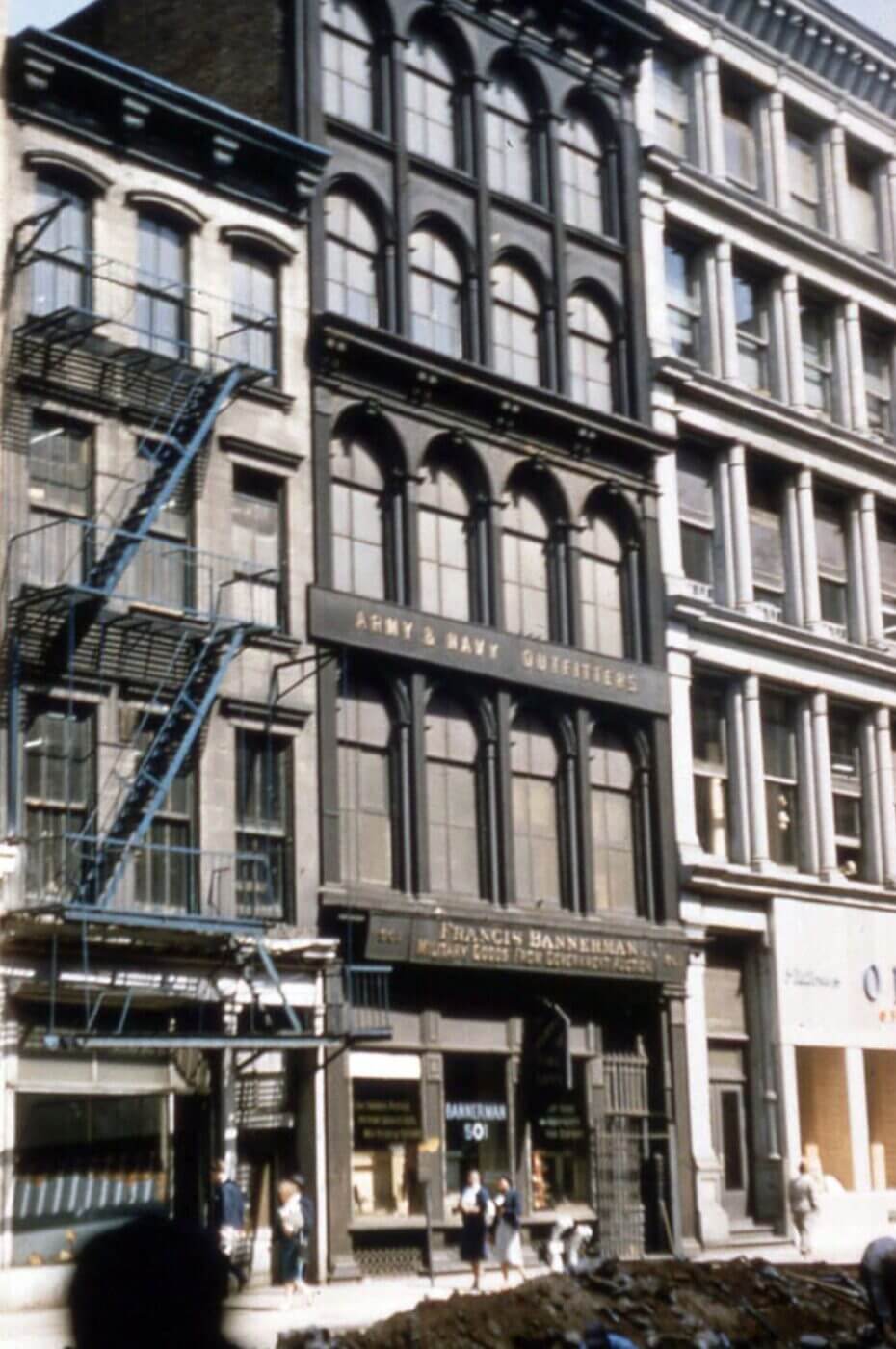
By 1900, the military surplus market was booming. Francis was purchasing arms and accoutrements at a breakneck pace. Despite having approximately 40,000 square feet of storage and retail space, the Manhattan storefront was far too small to house all of his inventory. The lack of space and concern from the local government about the sheer amount of ammunition being stored on site led to Bannerman’s purchase of Pollepel Island. Not only would it afford him the space he needed, but it also offered supreme security.
In 1901, work had begun on a Scottish-style castle that would be used to store all of his wares, eventually becoming known as Bannerman’s Island Arsenal. The castle housed arms and accoutrements that Francis had purchased by the tens and even hundreds of thousands — and ammo by the millions — for pennies on the dollar.
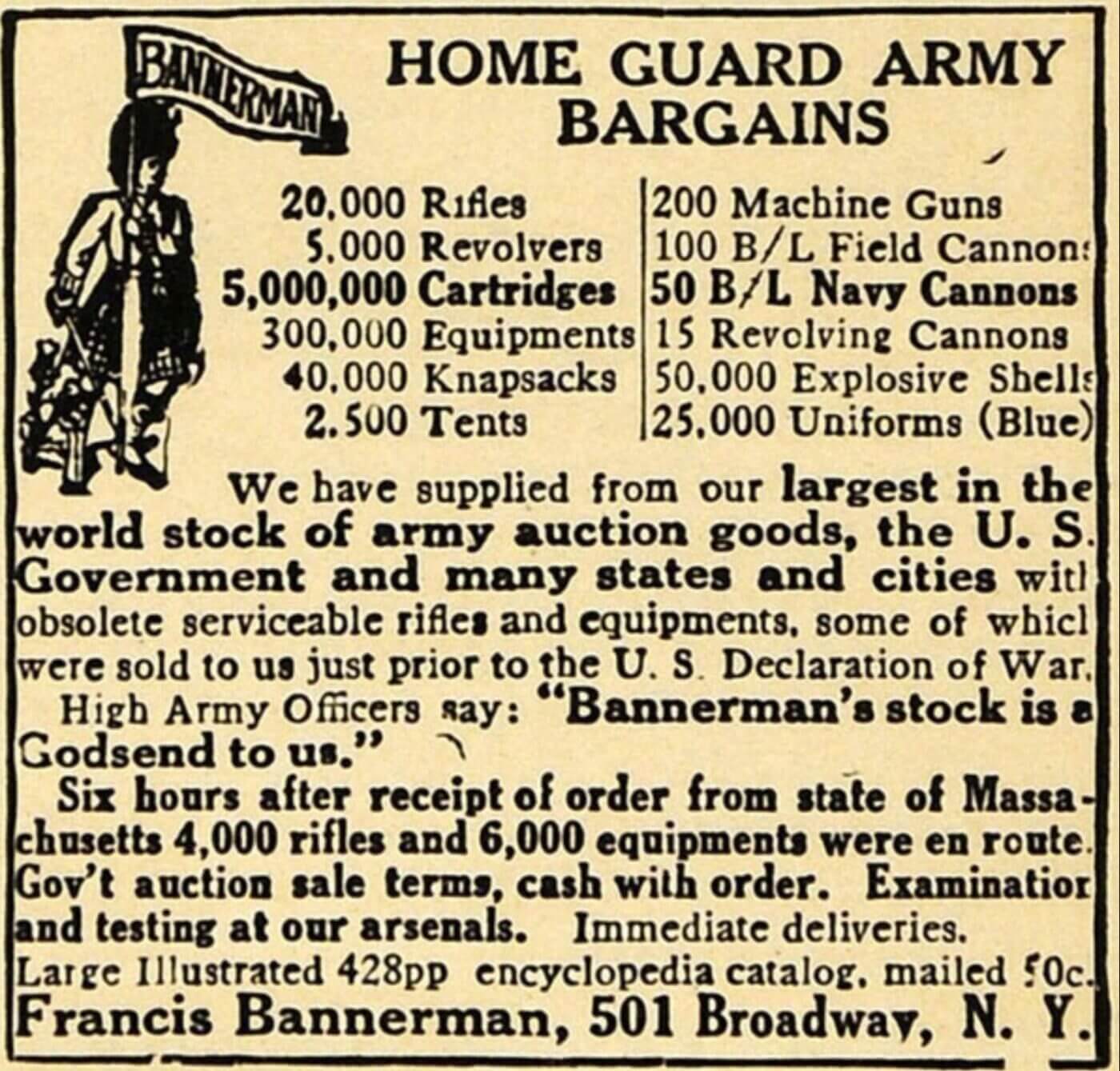
To say that his business was massive would be an understatement. In the 1870s, he bought 200,000 Springfield muskets, selling them for $5 each. That supply lasted more than 60 years, right into the 1930s. He purchased so many Civil War-era Spencer carbines that the company was selling them as late as 1942 for $2.00, at a profit of $1.65 each! In 1909, he purchased 8,000,000 rounds of .45 Colt to go with a couple hundred Gatling guns he had picked up previously.
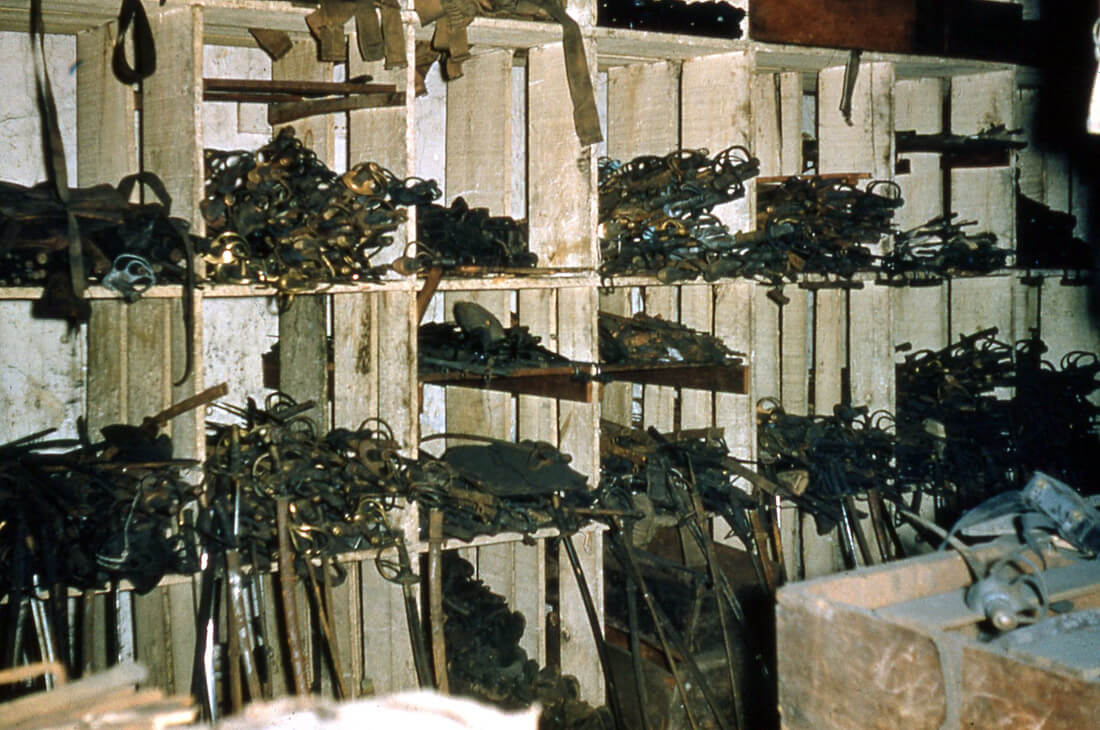
Selling both from his store and a mail-order catalog, Bannerman’s inventory and catalogs were the stuff of legends. His store became a must-see sight in New York City, and the catalogs were hundreds of pages long. You could buy everything from bayonet scabbards to Gatling guns and everything in between, in person or by mail. You could even buy WWI-era German surplus caskets (unused, thankfully) for $15.00. Truly, there was something for everyone.
The U.S. government also got some materials from him in an ironic twist where he resupplied the military with equipment that they had sold to him in the first place.
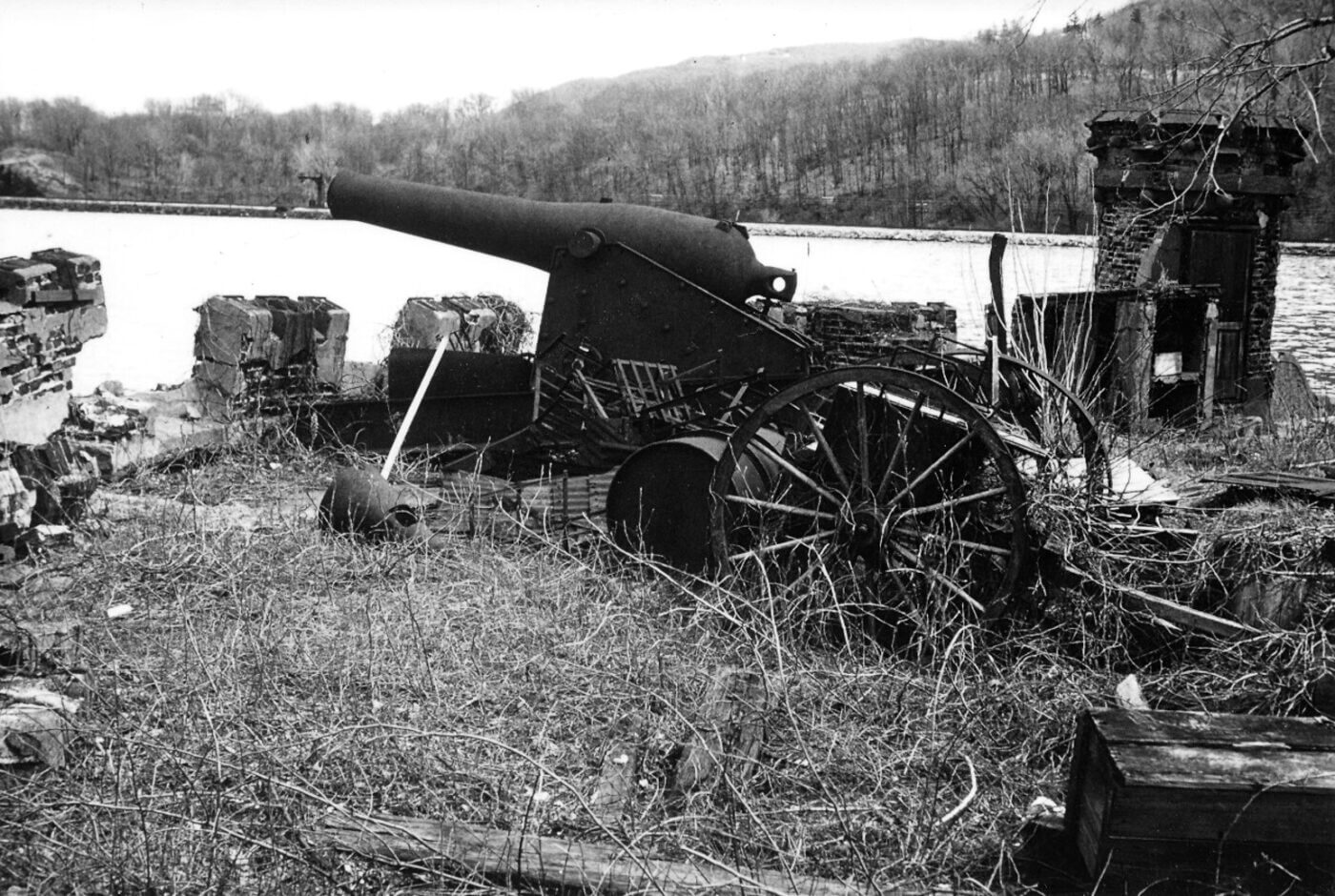
Foreign governments turned to Bannerman, too, when they were running low on arms and ammo. Honduras, Spain, Haiti and Japan were among some of his customers. Japan alone bought 20,000,000 rounds of ammo from him in 1905!
With quantities like that, it’s easy to see why an entire island was needed to house the store’s inventory.
End of an Era
Francis Bannerman VI passed away in 1918, signaling the beginning of the end of his empire. In 1920, a storeroom that housed hundreds of artillery shells and countless pounds of gunpowder exploded, destroying part of the island’s facilities. Additionally, new Federal laws, namely the National Firearms Act of 1934, put a huge damper on his sales.
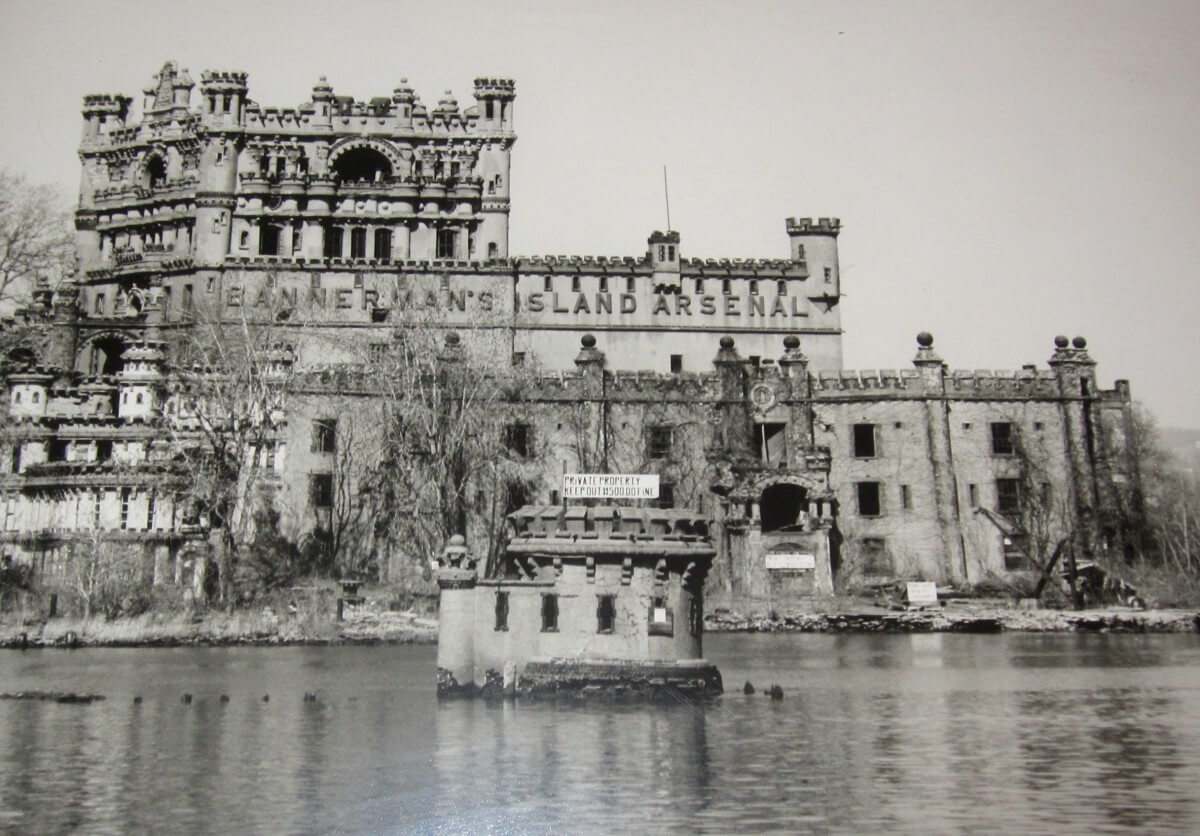
By the conclusion of World War II, things were nearing the end. Much of the surplus arms and accoutrements owned by Bannerman’s company dated to the 19th century. The stock was old and outdated, and the milsurp market had now turned to much newer items available right at the end of the war.
In 1950, the island’s ferry boat sank in a storm. Without a mode of transport to reach the island, Bannerman’s Island Arsenal was abandoned. In the 1960s, the inventory was removed by a bomb squad and destroyed, and a fire almost completely destroyed the castle in 1969.
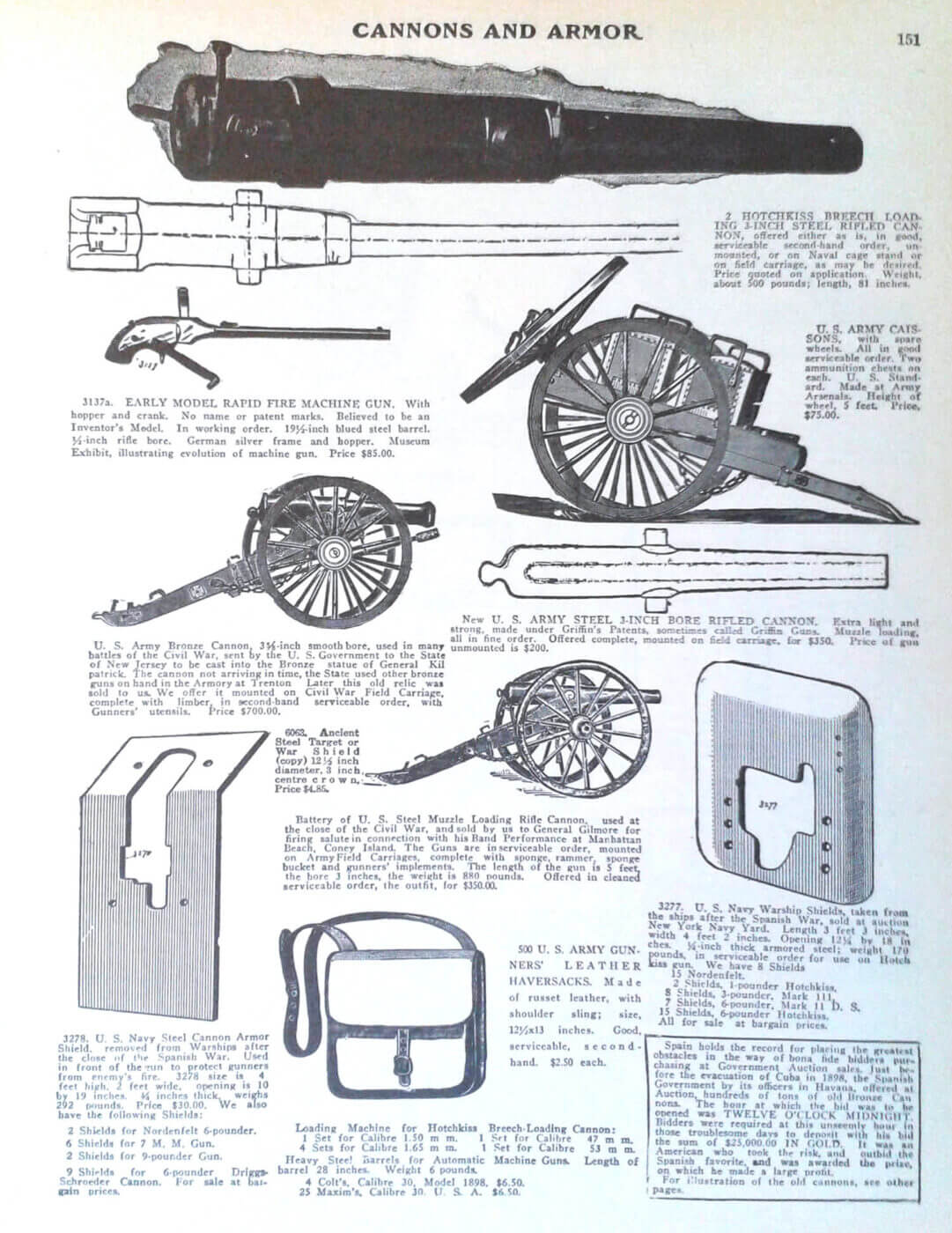
Bannerman’s Castle sat in ruins, off limits to visitors, for decades. In recent years, however, the Bannerman Castle Trust has formed to help preserve the property and raise awareness of its unique history. They even offer special guided tours of the island.
Though Bannerman’s empire is long gone and little remembered today, his legacy still lives on in both positive and negative ways. First, let’s get the negative part out of the way.
The View of History
Bannerman was a businessman, first and foremost. If there was a way to alter his inventory to maximize profit, he did it. For example, Confederate items fetched more than their Union counterparts. As such, plenty of spuriously-marked “CSA” stuff came out of his store.
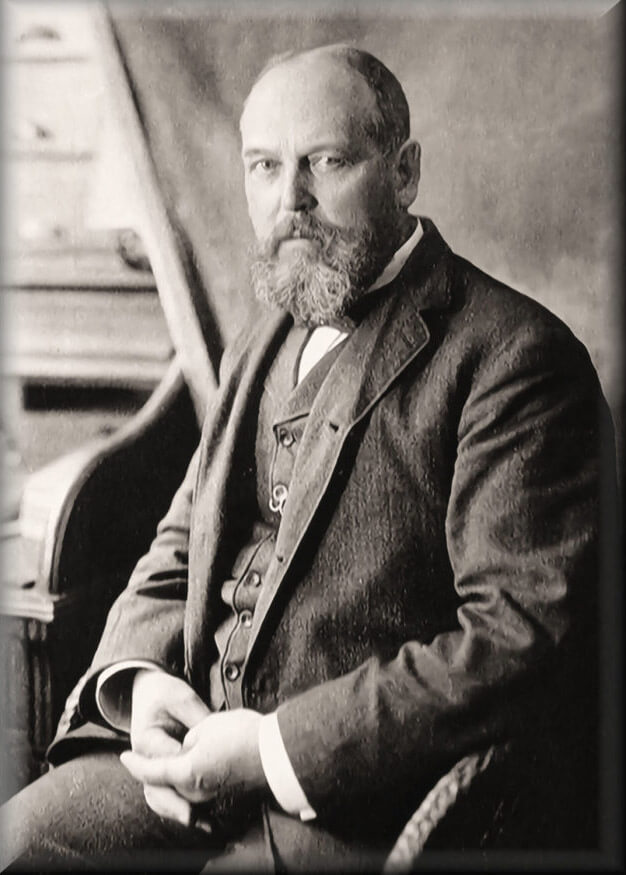
Some of the earliest “sporterized” cut-down guns came from him, too. His customers wanted shorter guns, so many of his milsurp rifles had hacksaws taken to the barrels. Rifles in odd or foreign calibers not selling? That’s nothing a backroom rechambering can’t fix! In short, his work has become the bane of some collectors’ existence as it regularly pops up on Gunbroker and at gun shows all across the country.
Now, let’s look at the positive impact of his legacy. A vast majority of cannons that you see in front of VFW halls and in city parks were part of Bannerman’s inventory. No longer of military use, they’re now on display for all to appreciate. Old uniforms were sold to marching bands and theater groups, helping outfit them in an economical manner. It’s also estimated that as much as 90% of all Spanish-American War surplus on the market today is around because of him.
Conclusion
Even though you may not have heard of him until now, it’s entirely accurate and not at all presumptuous to say that the surplus arms industry is what it is today because of Francis Bannerman VI. He truly was the godfather of milsurp.
Editor’s Note: Be sure to check out The Armory Life Forum, where you can comment about our daily articles, as well as just talk guns and gear. Click the “Go To Forum Thread” link below to jump in!
Join the Discussion
Continue Reading
Did you enjoy this article?

 99
99






